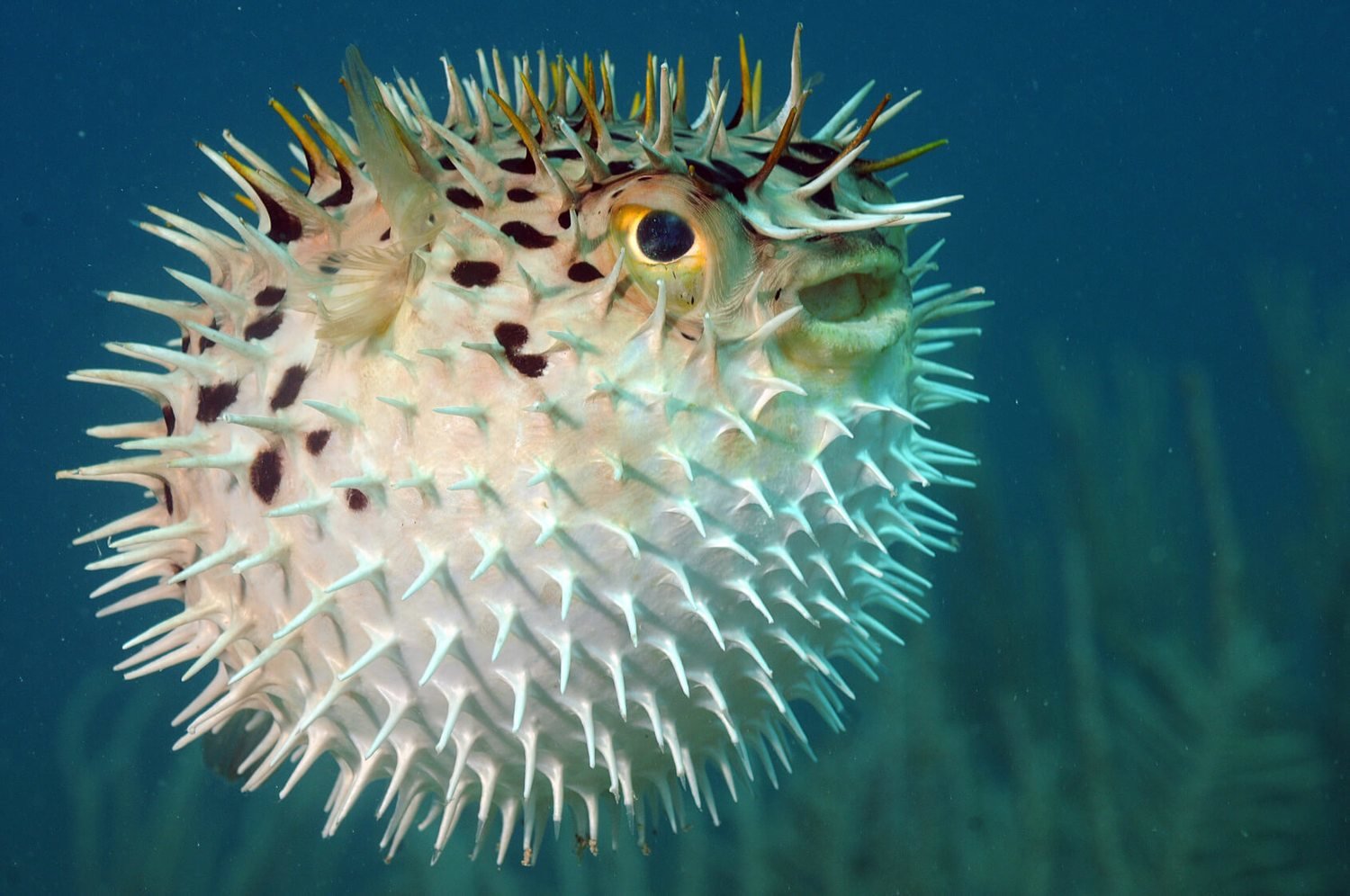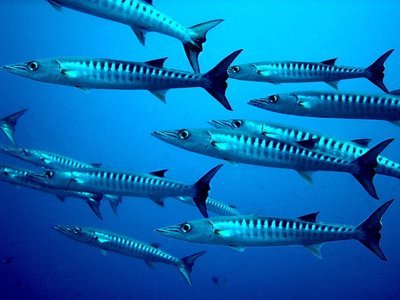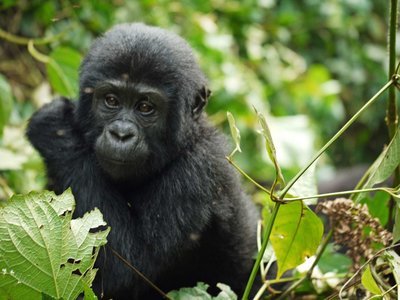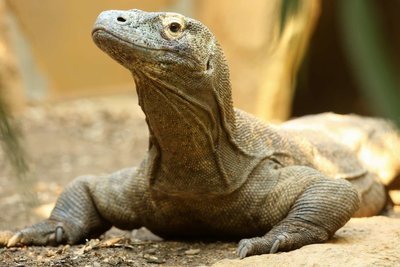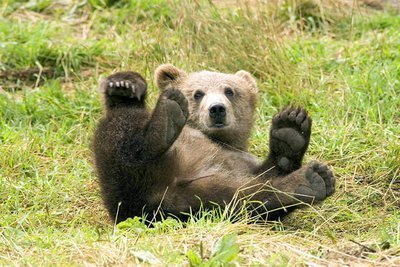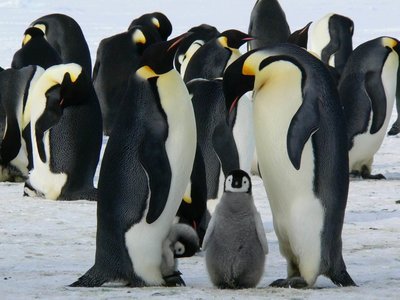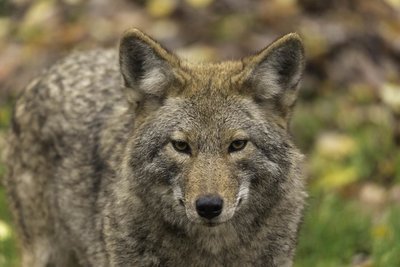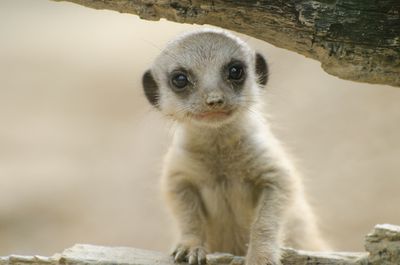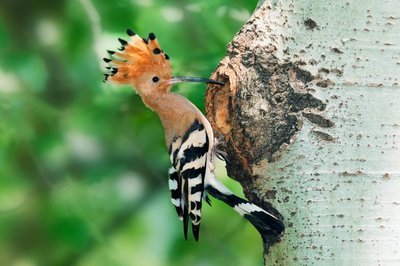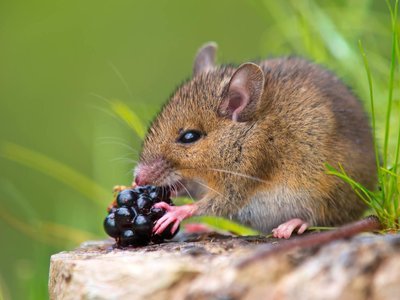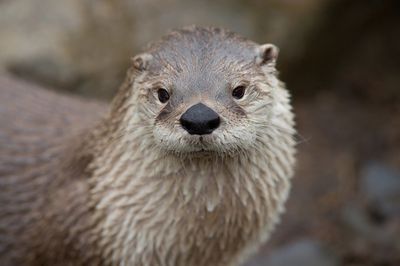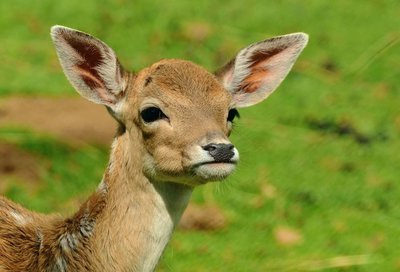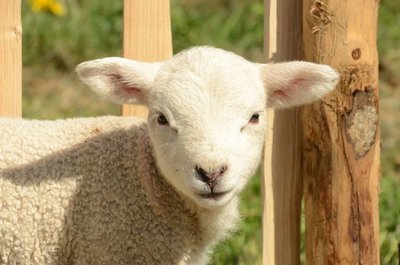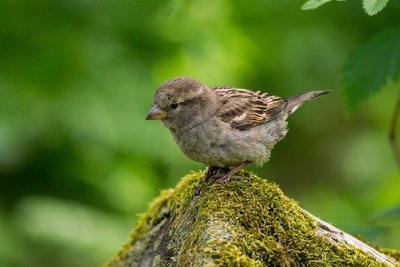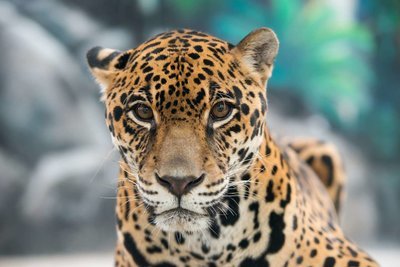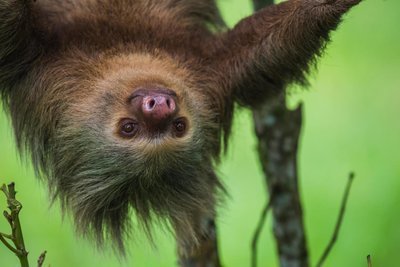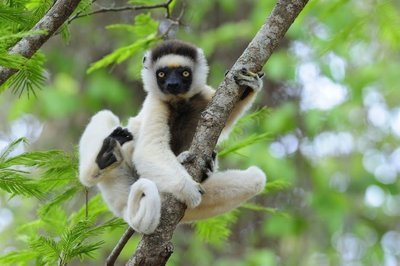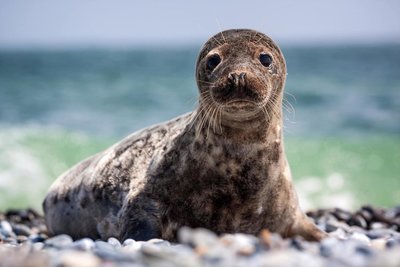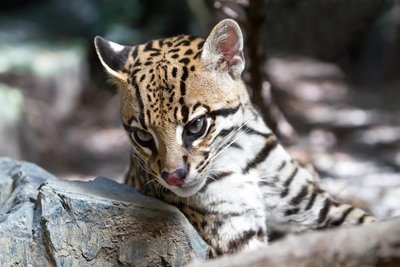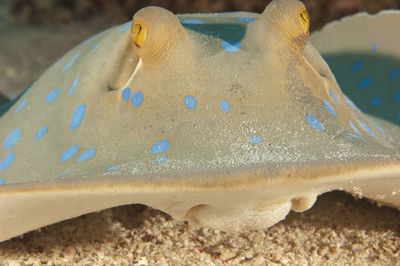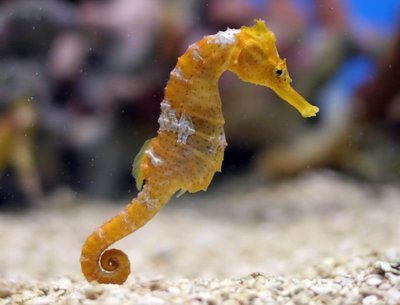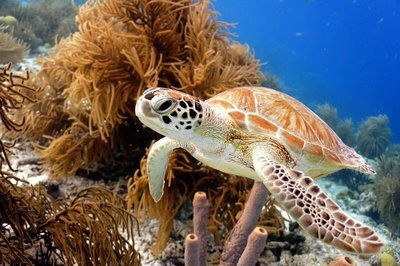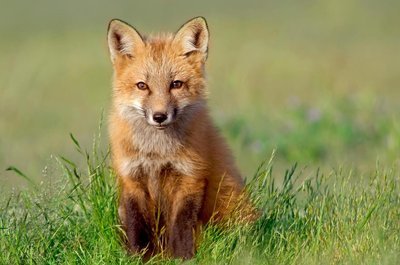

Adopt An Animal Kits
Adopt An Animal symbolically. Your Adopt An Animal Kit comes in a Deluxe Folder and includes: Glossy Photo of Your Adopted Animal; Adopt An Animal Adoption Certificate; Fact Sheet About Your Adopted Animal; Help Animals Info Cards Packed With Information On Animal Issues & How You Can Help Animals And The Environment. Adopt An Animal for Yourself or as a Gift.
Adopt A Blowfish
Adopt A Blowfish
Your Adopt A Blowfish Kit comes in a Deluxe Folder and includes:
- Glossy Photo Of Your Adopted Blowfish
- Adopt A Blowfish Adoption Certificate
- Fact Sheet About Your Adopted Blowfish
- Help Animals Info Cards Packed With Information On Animal Issues & How You Can Help Animals And The Environment
Adopt A Blowfish Kits make great gifts and can be sent directly to the recipient. Simply supply the recipient's name and mailing address as shipping information. We'll even include a letter stating the Adopt An Animal Kit is from you.
Adopt An Animal symbolic adoption is a one time fee. Adopt an animal for yourself or order an Adopt An Animal Kit as a gift. Help make a difference for animals - Adopt An Animal Today!
Adopt A Blowfish
Blowfish, or pufferfish, are found in tropical and subtropical ocean waters and are known for their ability to inflate to make themselves inedible to predators. Some species also have sharp spines and contain toxins to protect themselves from predators.
Blowfish are in the family Tetraodontidae, which are primarily marine and estuarine fish of the order Tetraodontiformes. They go by many names, including: blowfish, pufferfish, puffers, balloonfish, bubblefish, globefish, swellfish, toadfish, toadies, honey toads, sugar toads and sea squab. They are closely related porcupinefish, which have large external spines (unlike the thinner, hidden spines of Tetraodontidae that are only visible puffed up).
Blowfish are generally believed to be the second-most poisonous vertebrates in the world, after the golden poison frog. Certain internal organs, such as their liver and sometimes their skin, contain tetrodotoxin and are highly toxic to most animals when eaten.
There are more than 120 species of pufferfish. They are most diverse in the tropics, relatively uncommon in the temperate zone, and completely absent from cold waters. They are typically small to medium in size, although a few species can reach lengths of greater than 39 inches. Most species live in inshore and in estuarine waters. 29 species spend their entire lifecycles in fresh water.
The blowfish's unique and distinctive natural defenses help compensate for their slow locomotion. They move by combining pectoral, dorsal, anal and caudal fins. This makes blowfish highly maneuverable, but very slow, and therefore an easy predation target.
Their tail fins are mainly used as a rudder, but can be used for a sudden evasive burst of speed. The puffer's excellent eyesight, combined with this speed burst, is the first and most important defense against predators.
A blowfish's backup defense mechanism is to fill its extremely elastic stomach with water (or air when outside the water) until it is much larger and almost spherical in shape. All pufferfish have pointed spines, so a hungry predator may suddenly find itself facing an unpalatable, pointy ball rather than a slow, tasty fish. Predators which do not heed this warning may die from choking, and predators that do manage to swallow the puffer may find their stomachs full of tetrodotoxin.
Not all blowfish are poisonous, and toxin level varies wildly even in fish that are. A puffer's neurotoxin is not necessarily as toxic to other animals as it is to humans, and pufferfish are eaten routinely by some species of fish such as lizardfish and tiger sharks.
Puffers are able to move their eyes independently, and many species can change the color or intensity of their patterns in response to environmental changes. In these respects, they are somewhat similar to the terrestrial chameleon. Although most blowfish are drab, many have bright colors and distinctive markings and make no attempt to hide from predators.
Many marine blowfish have a pelagic, or open-ocean, life stage. Spawning occurs after males slowly push females to the water surface or join females already present. The eggs are spherical and buoyant. Hatching occurs after roughly four days. Baby blowfish are very tiny, but under magnification they look similar to adult pufferfish. They have a functional mouth and eyes, and must eat within a few days.
Reproduction in freshwater species varies considerably. The dwarf puffers court with males following females. After the female accepts his advances, she will lead the male into plants or another form of cover where she can release eggs for fertilization. The male may help her by rubbing against her side.
Male pufferfish have been documented carving large geometric, circular structures in the seabed sand. The structures apparently serve to attract females and provide a safe place for them to lay their eggs.
THREATS TO BLOWFISH
Pollution and habitat loss threaten blowfish populations. Because they consume algae, pollution has a major impact on the food that is available to puffers. Some species are considered vulnerable enough to become endangered because of pollution.
Overfishing also threatens pufferfish populations. Blowfish flesh is considered a delicacy, despite the fact that its toxin is 1,200 times more poisonous to humans than cyanide.
Blowfish are also victims of the pet trade and animal entertainment industry. Captured from their native habitat and transported to various countries to be sold as aquarium "ornamentals", the dangers, difficulties, physical and physiological needs of the animals appears to be of no concern in the lucrative pet trade and animal entertainment industry. Removed from their natural habitat they are deprived of the ability to freely engage in instinctual behaviors. Even under the best of circumstances, captivity is cruel for fish. Confined to tiny tanks, captive fish endure constant stress and boredom. With little room to exercise, they become listless, their immune systems are weakened, and they become prone to sickness; many resort to self-mutilation in reaction to stress or boredom. Mental illness is rampant among confined animals. Torn from their families and deprived of all dignity, every part of their lives is controlled by their captors.
Adopt Adopt An Animal Kits
Our Adopt An Animal Kits are educational packets that allow you to symbolically adopt a favorite animal species and contain a variety of information promoting the protection of wildlife, companion animals, farm animals and the environment. By purchasing a symbolic adoption kit you will receive a packet of information regarding daily choices you can make to help the earth and animals.
Your Adopt An Animal Kit comes in a Deluxe Folder and includes:
Glossy Photo Of Your Adopted AnimalAdopt An Animal Adoption CertificateFact Sheet About Your Adopted AnimalHelp Animals Info Cards Packed With Information On Animal Issues & How You Can Help Animals And The Environment.
Adopt an animal for yourself or order an Adopt An Animal Kit as a gift. Symbolically adopting an animal is the perfect gift for a loved one who loves animals, and helps to promote the compassionate treatment of animals and respect for the environment by offering information on how to help the earth and animals. Adopt An Animal Kits can be sent directly to the recipient: simply supply the recipient's name and mailing address as shipping information. We'll even include a letter stating the Adopt An Animal Kit is from you.
Adopt An Animal Kits is a small, independent business not affiliated with any other business, non profit or charitable organization.
Fast Shipping!
Shipping time for Adopt An Animal Kits averages 2 to 4 business days - USA. Allow additional time for Adopt An Animal Kits orders outside the USA. Your Adopt An Animal Packet will arrive approximately 2 to 4 business days following shipping date. Shipping for Adopt An Animal Kits within the USA is by U.S.P.S. Priority Mail.
INTERNATIONAL ORDERS: Average shipping time for Adopt An Animal Kits outside of the USA is 5 to 14 business days, including Canada. International Shipping & Handling for Adopt An Animal Kits is by U.S.P.S. First Class Mail.
About Us
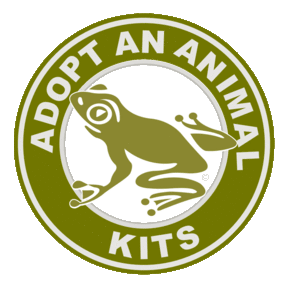
Adopt An Animal Kits, LLC
The world is teaming with an amazing diversity of animals. Some species are beautiful, others bizarre — but they all are important to the ecosystem and deserve our respect, compassion and protection. Unfortunately, many animal species are declining at a rapid rate as a result of irresponsible human activities. Habitat destruction, pollution, hunting, poor agricultural practices and changes in climate are among the threats faced by wildlife and domestic animals.
Adopt An Animal Kits, LLC is a small business who believes in promoting the advancement of compassionate living by educating the public about animal and environmental issues and what individuals can do to prevent cruelty to animals. Through our work, we strive to eliminate the prejudice of animals (speciesism) through educational efforts. Our business produces printed and printable educational materials available to individuals with an interest in earth and animal topics. Our Adopt An Animal Kits seek to educate and influence individuals on environmental and animal issues. The purchase of an Adopt An Animal Kit allows you to symbolically adopt your, or your loved one's, favorite animal species while promoting the protection of wildlife, companion animals, farm animals and the environment. Rather than adopting an indivdual animal, you are symbolicly adopting the species. Each kit contains a collection of information on how you or your loved one can make daily choices to help animals and the environment.
Our website provides an information portal regarding these issues. Information posted on the site is free of charge and available to anyone with an interest. Our printed and printable materials are available to individuals with an interest in earth and animal issues. We produce hundreds of fact sheets, flyers, and digital materials regarding environmental and animal issues. Most materials are available at no cost to anyone with an interest.
Adopt An Animal Kits, LLC is not a charitable or nonprofit organization.
